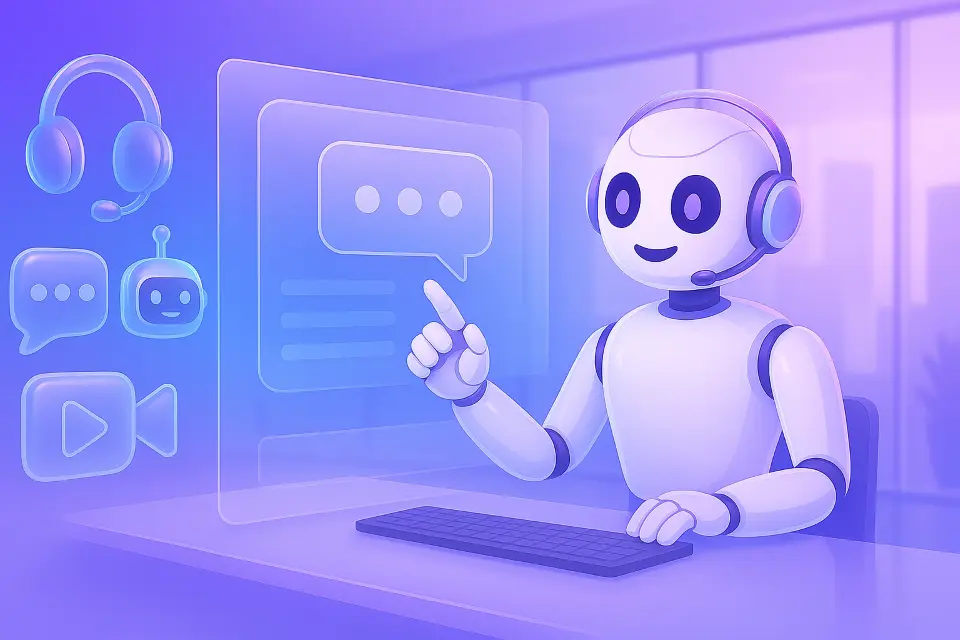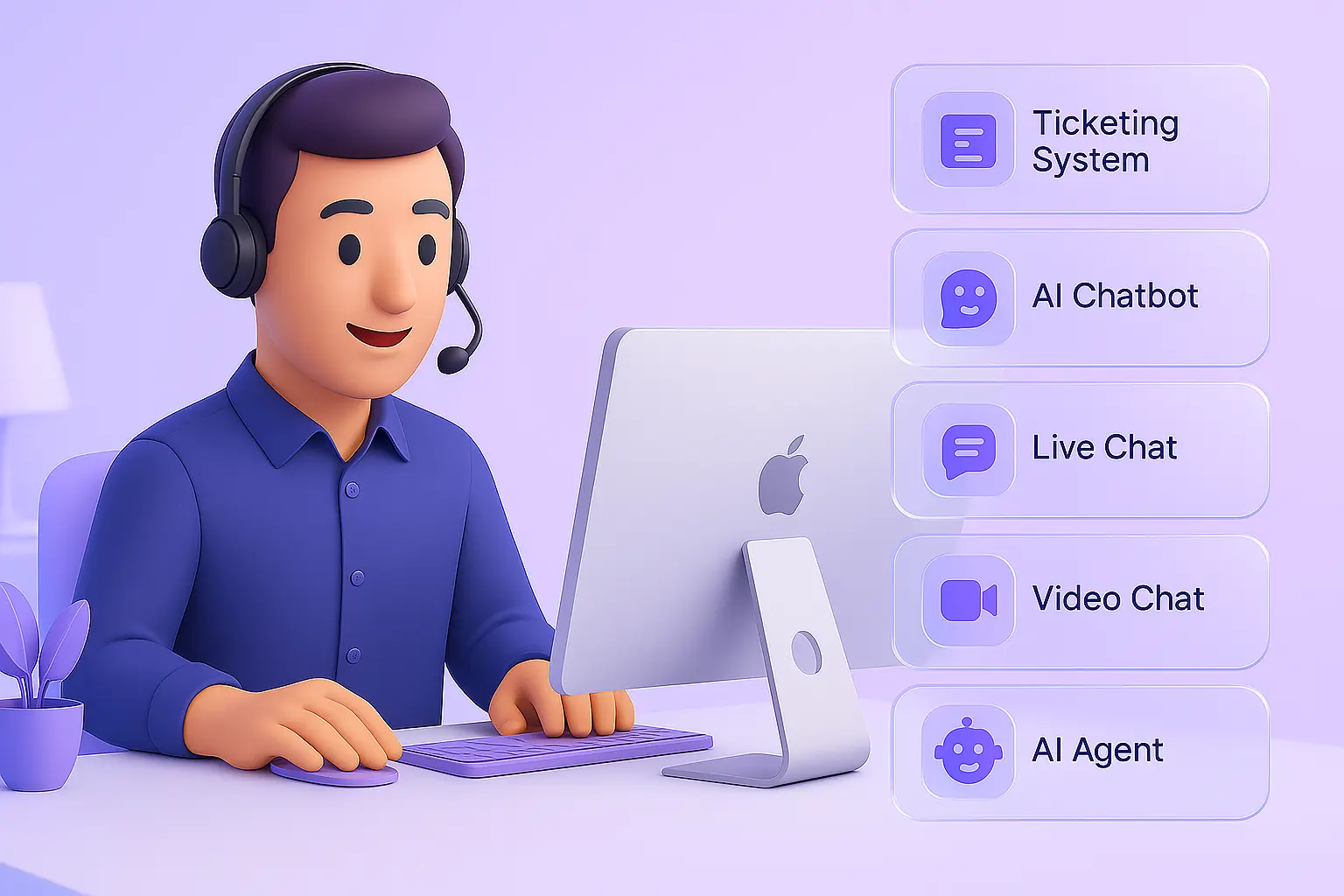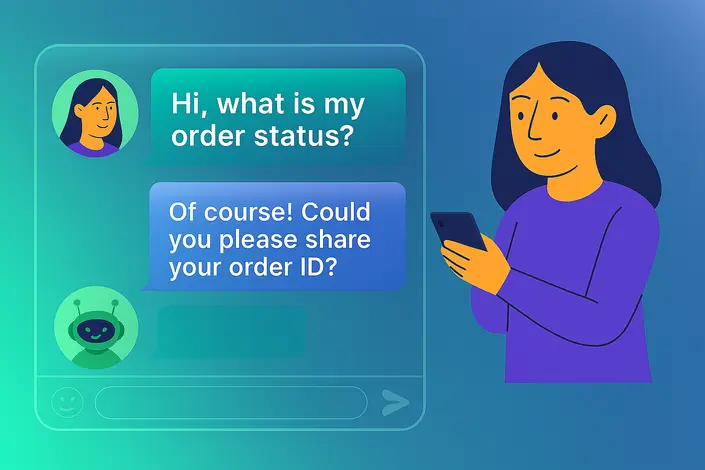Self-Customer Service Transforming Support Experience
- May 2, 2023
- 15 mins read
- Listen

Table of Content
Self-customer service is an essential aspect of modern-day convenience. It not only saves us valuable time but also frees us from the tedious process of waiting in long queues to talk over phone calls or for an email from a customer support agent. The ability to quickly and efficiently access information or solutions on our own is a valuable asset many of us appreciate daily. Whether it’s ordering food online, troubleshooting technical issues, or booking travel arrangements, customer self-service has become a vital component in ensuring a seamless experience.Self-customer service is important for companies too. By providing such options, companies can reduce the number of customer inquiries that require human intervention. This means that customer support agents can focus on more complex issues that need their expertise, while routine and repetitive queries can be handled by different customer self-service software such as chatbots.In this blog, let’s read more about what customer self-service is all about, its benefits, different tools, and how it can help companies to offer services in the best possible ways. 

 We will deep dive into this part in the next section of my blog!
We will deep dive into this part in the next section of my blog!





What is Self-Customer Service?
It is an activity where the customer independently finds way outs or works on his own without seeking any kind of assistance from the company employees. Customer self-service, this specific term covers a varied range of activities, from customers searching for product details on a website on their own to going through user manuals to find out solutions to their issues.As companies strive to cater to large customer bases with limited resources, there has been a significant shift from company-led to customer-led tasks, which has resulted in the widespread use of customer self-service portals, knowledge bases, online preferences, and account management tools.By offering these self-service options, companies can provide more convenient and efficient service to their customers while also reducing the workload on their employees.Benefits of Customer Self-Service
Customers and companies can both profit greatly from self-service. Customers who use self-service options benefit from convenience since they can quickly and easily find solutions to their problems without having to wait on hold or interact with a representative. This leads to higher levels of customer satisfaction and loyalty. On the other hand, self-service enables companies to cut expenses by allowing customer care agents to concentrate on more complicated problems and removing the need for extra workers. Additionally, as a business owner, you will get invaluable knowledge about consumer behavior and their preferences, which you can use to improve your products and services. Customer self-service benefits both customers and various businesses in the long run. Now, let’s look into the benefits in detail!-
Better Customer Experience
-
Increased Sales Conversions
-
Increased Productivity of Support Agents
-
Better Support Availability
-
Reduced Support Costs

Some Great Customer Self-Service Tools to Look Into
As customers increasingly rely on online channels, companies are expanding their self-service offerings to minimize the number of support tickets and satisfy the customers’ need for round-the-clock assistance. Now, let’s look into some of the self-service options for customers.-
AI Chatbots
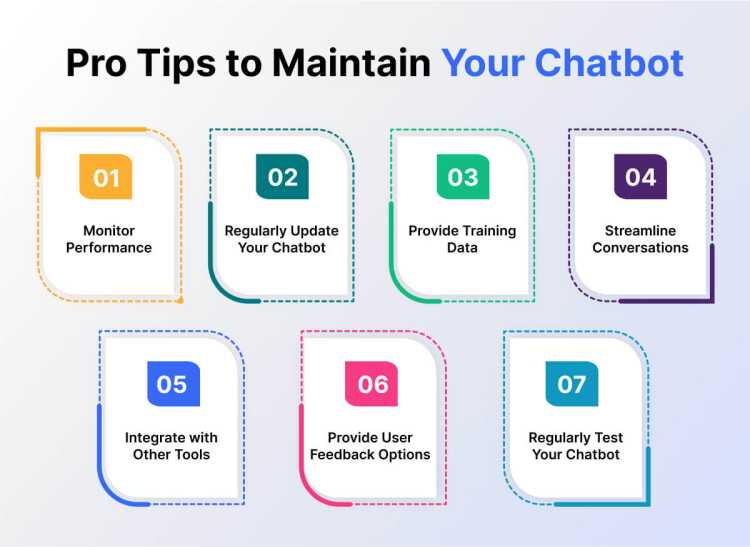 We will deep dive into this part in the next section of my blog!
We will deep dive into this part in the next section of my blog!-
Live Chat
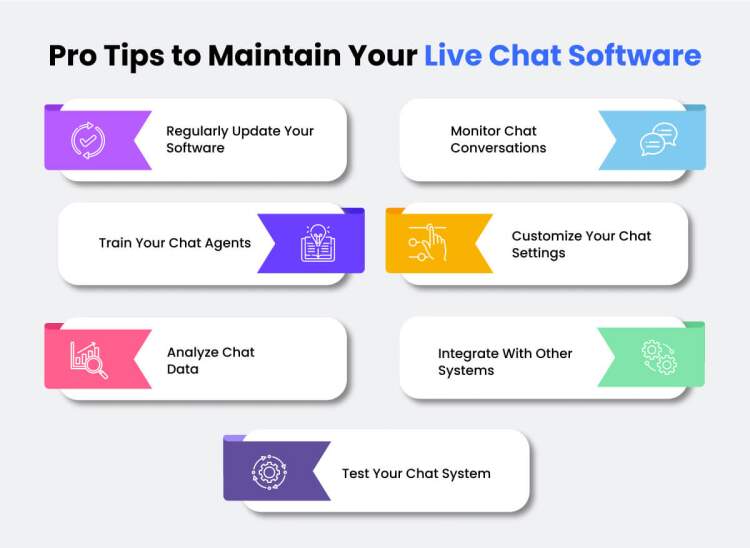
-
FAQs Section
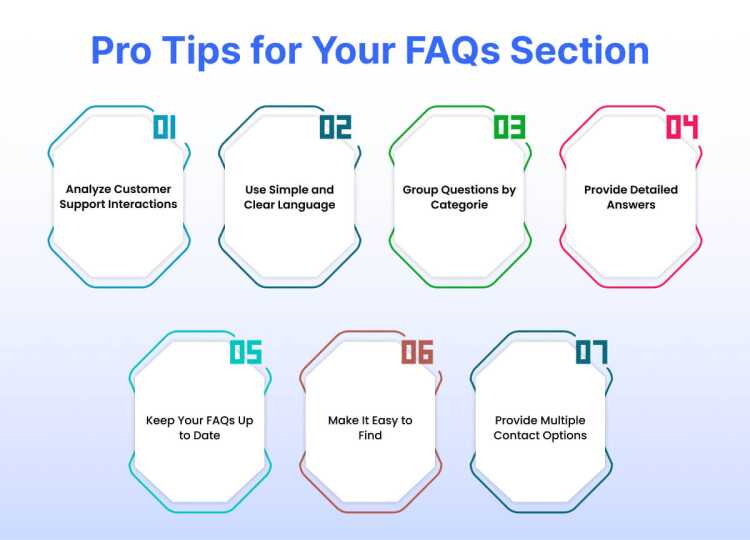
-
Knowledge Base
- A catalog of instructions and recommendations for utilizing the company’s products or services
- A compilation of frequently asked questions (FAQs)
- Information about payment, including billing and subscriptions
- Video tutorials
- Knowledge pertaining to various business departments
- Details on security and legal matters
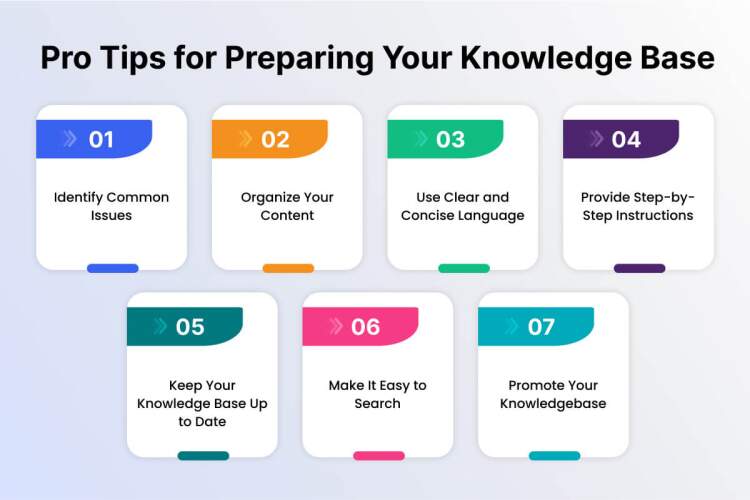
-
Mobile App
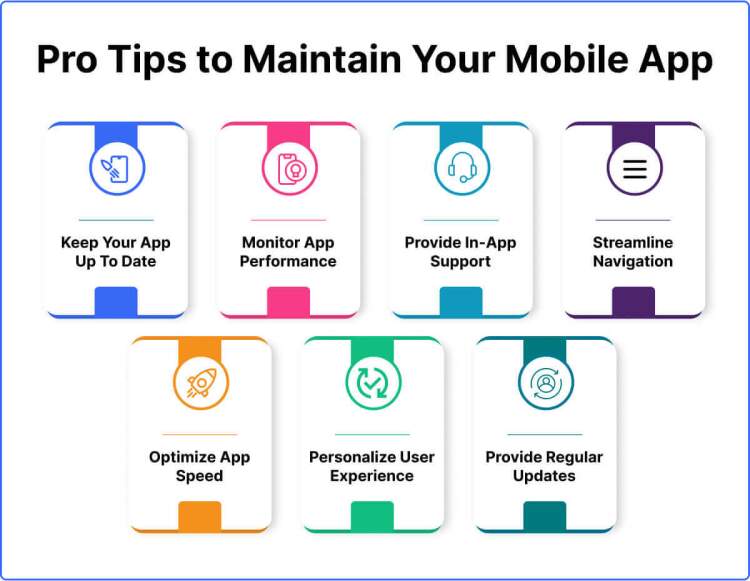
-
Automated Call Center
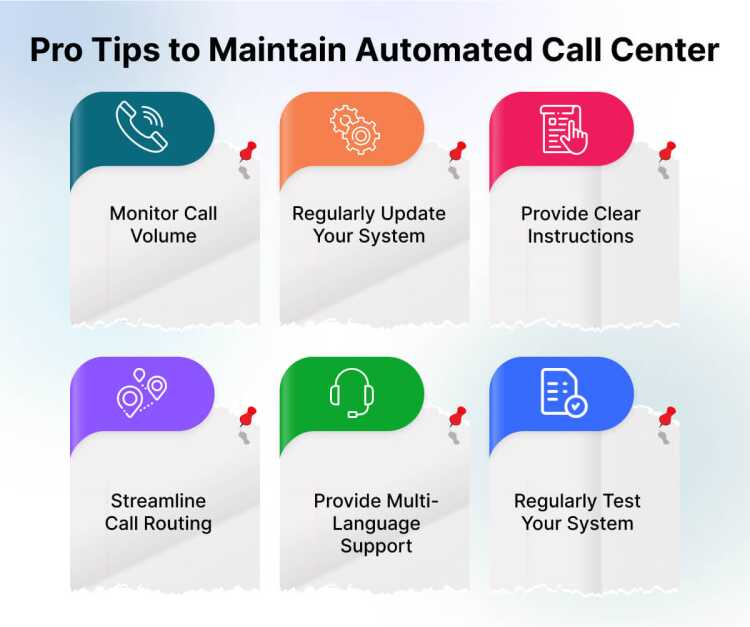
How Chatbot Can Leverage Self-Customer Service for Your Company
By leveraging self-service options, chatbots offer a seamless and efficient way for customers to get the assistance they need without having to wait for a human representative.Recent research by Salesforce indicates that chatbot technology has experienced a surge during the pandemic, with a growing preference for self-service options among customers. Specifically, this year, 58% of customers used chatbots for basic customer service, while 65% used self-service portals.Now, let’s explore how chatbots can help you to offer self-service ensuring optimal results.-
Gets Better Every Time
-
A Great Crisis-Proof Approach
-
The First Point of Contact
-
Escalation
-
Customer Self-Service with a Conversational Approach
Revolutionize Your Customer Self-Service with REVE Chatbot
REVE Chatbot is an AI-driven customer service platform that seamlessly integrates into your website, mobile apps, and popular social media platforms such as Facebook, Viber, Telegram, Instagram, and WhatsApp. By implementing REVE Chatbot, you can automate your entire customer service process and enhance the overall customer experience. It can efficiently handle a wide range of customer inquiries, including FAQs, product information, order details, cancellations, and more. Additionally, it can assist customers in making purchases and resolving issues, thereby increasing customer satisfaction and loyalty.Let’s explore some of the most distinctive features of REVE Chatbot:-
General FAQs
-
Fall Back Option
-
Sentiment Analysis
-
Bot Analytics

